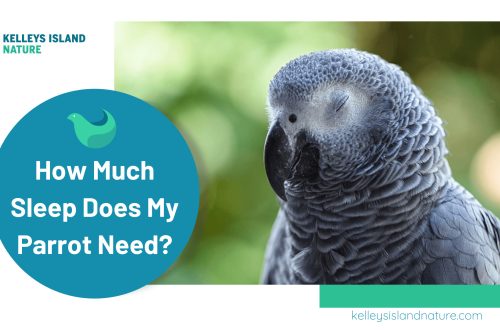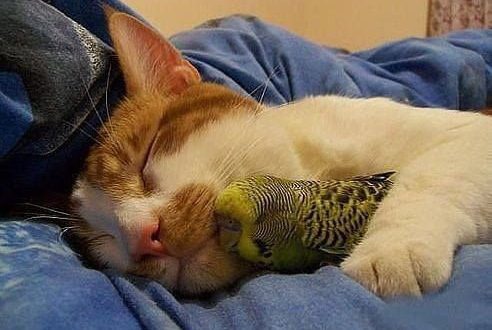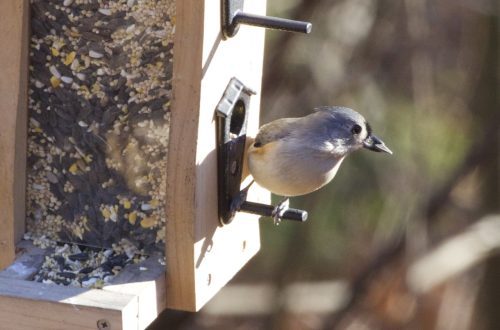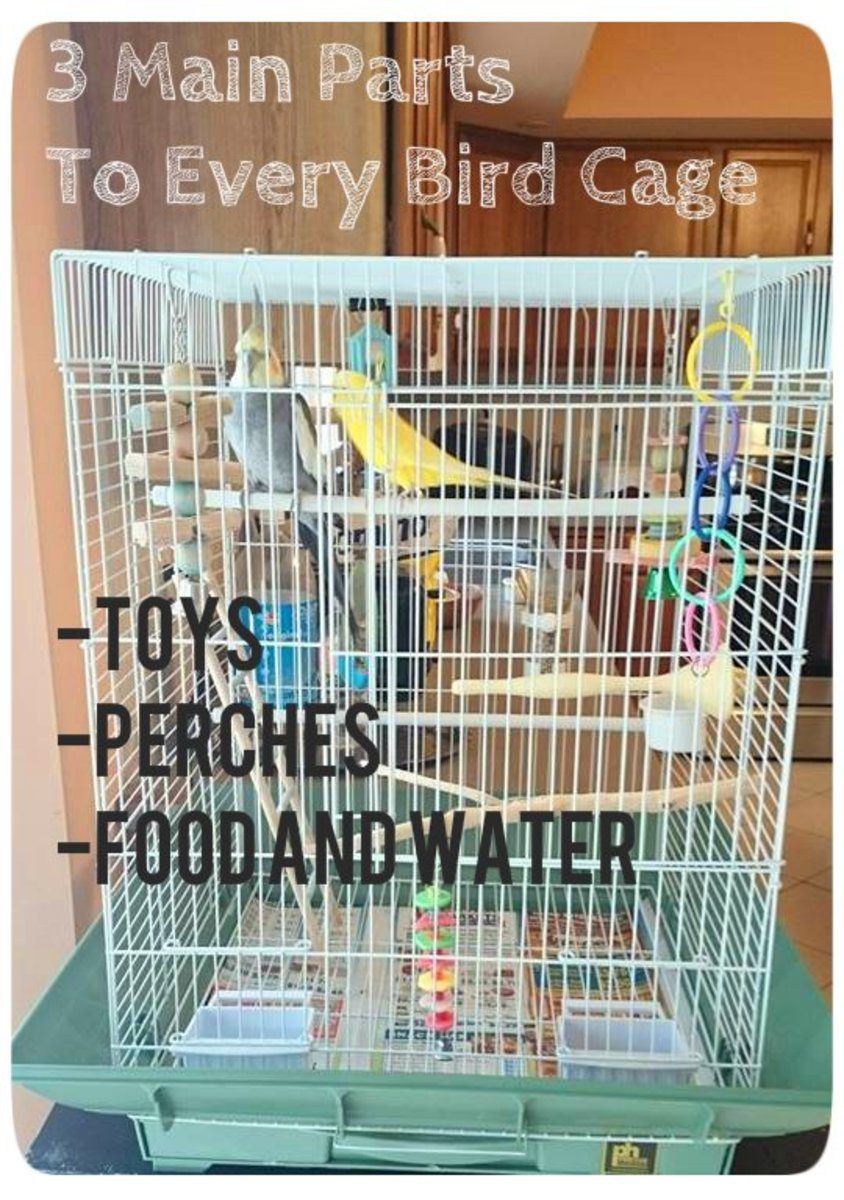
How to choose a cage for a parrot, canary and other birds?
Often bird owners face difficulties in choosing a cage. The bird spends most of its time in a cage, so sufficient attention must be paid to the shape, size and materials of the product. The happiness and health of your feathered friend will depend on how competently you solve this issue. What types of bird cages are there and which one to choose? Let’s discuss it in the article.
Size cells
When choosing a cage, focus on the size and needs of the pet. The bird should be able to move freely around the cage.
If you buy a cage that is too spacious, it will be difficult for your pet to adapt to a new home and communicate with family members. He can choose the most remote corner of the cage for his pastime and “sit out” there, avoiding contact with everyone who is outside the cage.
Too small a cage will result in the bird not being able to move enough, and this will not be good for her well-being. Overly active birds run the risk of breaking their wings or tail, hitting the frame or cage attributes with them.
An incorrectly chosen size of the design can develop a sense of loneliness in the pet, make him sad and anxious, lead to problems with the skeleton and overweight.
To avoid such situations, we recommend using our cheat sheet, which takes into account the required area for one tenant:
- Miniature birds (canaries, goldfinches or finches) feel good in a cage 35-50 cm high, 20-50 cm wide, 25-50 cm long.
- Birds of medium size (corellas) will be delighted with designs with a height of 80-100 cm, a width of 40-60 cm and a length of 60-80 cm.
- For large birds (cockatoos, macaws), the height of the cage should be from 100 cm, width – from 100 cm, and length – 200 cm.
The choice of cage is best coordinated with a professional bird breeder of your species or with an ornithologist.
To choose the right size for the design, pay attention to the lifestyle of your pet. An active bird needs a larger cage than a pet with a need for peace and quiet.

The comfort of your pet will also depend on the shape of the cage.
The classic choice is a rectangular design. It will allow the bird to move in different planes (up, down, left, right). In round cages, the bird will not have such an opportunity. Another plus of the rectangular design is the ability to easily mount various accessories and toys around the entire perimeter. It is much more difficult to do this in a round cage.
Why material matters
The material of the product is another important parameter. Most bird owners purchase structures made of metal structures, and here’s why:
stainless steel rods last long enough and are completely safe for birds
This cage is easy to care for. It can be easily washed with detergents.
the metal construction is the strongest. The bird will not be able to gnaw or break it
various accessories can be attached to metal rods. They can easily withstand the load.
When buying a metal cage, pay attention to the following details:
Galvanized construction is poison to your pet. If a pet wants to sharpen its beak on the net, trouble cannot be avoided.
Painted rods can also be harmful to health. Over time, the paint will peel off, and its particles, once in the stomach, will undermine the health of the bird.
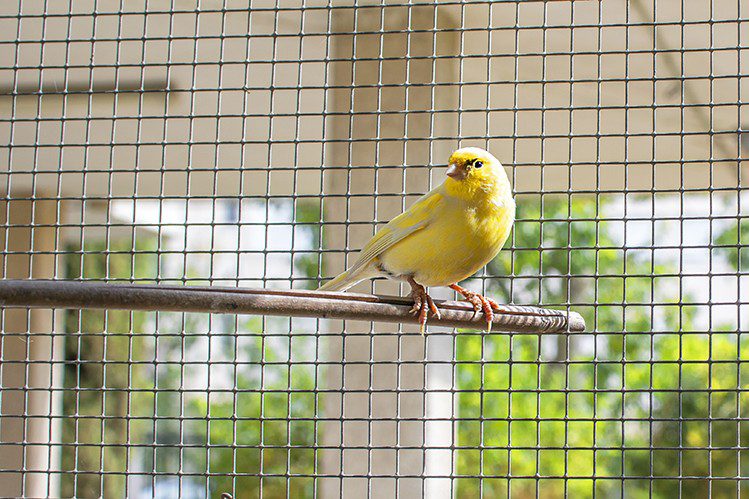
Wooden cages look very nice, but there is a fly in the ointment here:
Wood easily absorbs odors. Needless to say, some of them are very unpleasant.
Birds are very fond of chewing on a tree, so one day only a memory will remain of a beautiful cage.
Wooden coatings deteriorate from exposure to water and detergents. In just a few such cleanings, the cage will lose its attractiveness and strength. But most importantly, it will not be safe for the bird, because. absorb detergents and disinfectants.
To increase resistance to moisture, wood products are coated with protective varnishes, which may contain toxic substances in their composition. Therefore, the question of security remains open.
Trees are easily infested with parasites.
Particular attention should be paid to the choice of pallet:
It is best to use plastic. Such material does not absorb odors and does not deteriorate from moisture, so it can be safely washed using detergents.
The drawers are very handy. During daily cleaning, you do not have to remove the main structure of the cage or wash it entirely.
Why are there accessories in the cage?
Birds, like people, love to fill their home with “interior” details. In the cage, it is necessary to create all conditions for a comfortable and happy life for your chick. In pet stores you can find accessories for any kind of birds.
Let’s see what accessories you can fill your pet’s house with.
Be sure to install a feeder and drinker in the cage. By placing them on opposite sides of the cage, you will give your pet another reason to move around and stretch their wings.
A swimsuit will allow the bird to maintain hygiene.
Placed in different places of the cage, perches, rings or ladders with a swing will help your pet stay active and happy.
Toys bring great joy to chicks. It can be a mirror, a bell, various perches, etc.
We recommend placing a house or nest in the cage. Such a device will help you get comfortable in a new place and feel safe.
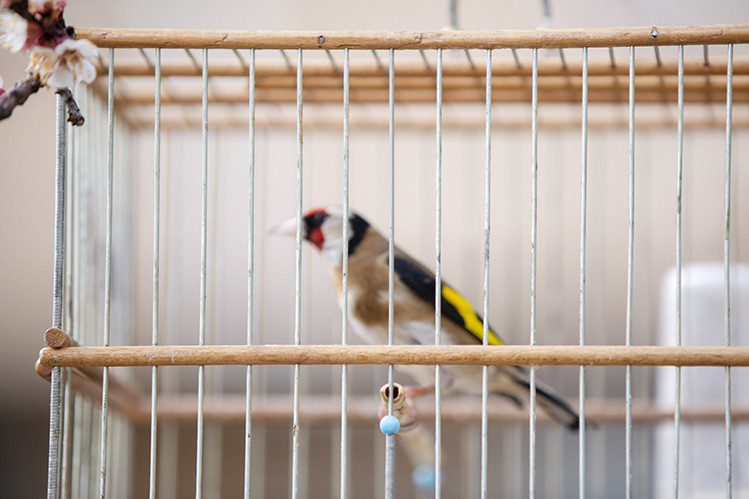
It depends only on you in what conditions your pet will live. Approach the question of choosing a cage responsibly, as if you were looking for your own home. If you have questions, please consult your bird breeders and ornithologists. Don’t be afraid to ask questions – you show you care!



